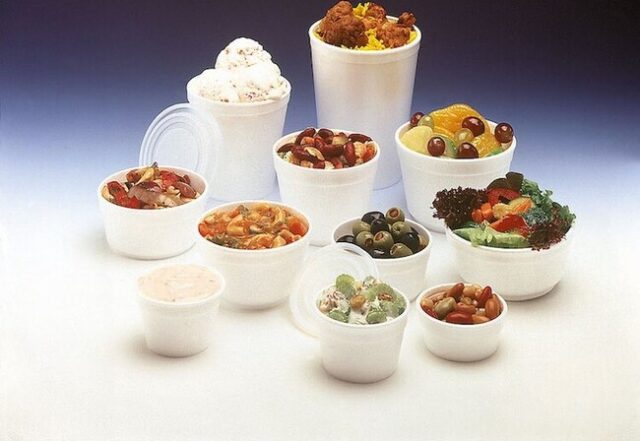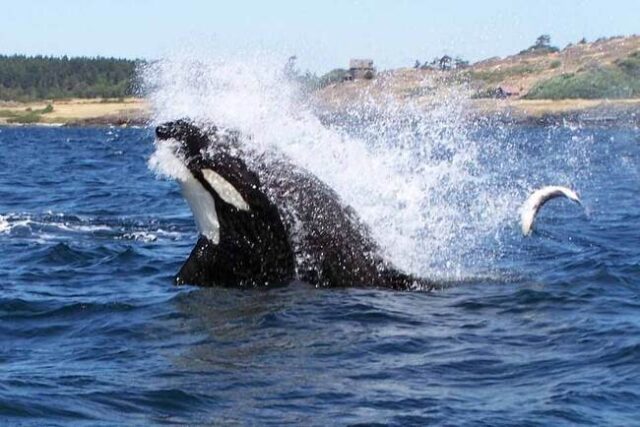
Made from tiny hollow beads of different plastics that are extremely friable, polystyrene is arguably the most damaging form of plastic in the environment. Still permitted to be used in packaging and other applications because of its lightweight, durable, and insulative properties, some estimates suggest polystyrene takes over 1,000 years to completely break down, all the while shedding microplastics into the soil and water. At least 11 states have passed laws to phase out expanded polystyrene foam, according to Oceana. The environmental group is among those calling for nationwide prohibitions on the material. Seattle banned foam food containers about 15 years ago. Oregon Governor Tina Kotek signed a law last year that mirrors Washington’s policy.

Recycling polystyrene is possible, but Washington’s Department of Ecology notes that it is expensive to do and that most residential recycling programs don’t accept the foam. Food residue on the material complicates things further, which is one reason why the ban affects takeaway containers, but doesn’t address other uses. When the foam does end up in recycling facilities, it can blow around and contaminate other materials, something that’s also liable to happen in the course of getting it to the facility in the first place. Violators will be fined but also have access to support and resources that should hopefully help them find ways to replace the foam containers with less harmful ones. This might be replacing foam containers with those of aluminum—which along with being reusable, also insulates food longer.














